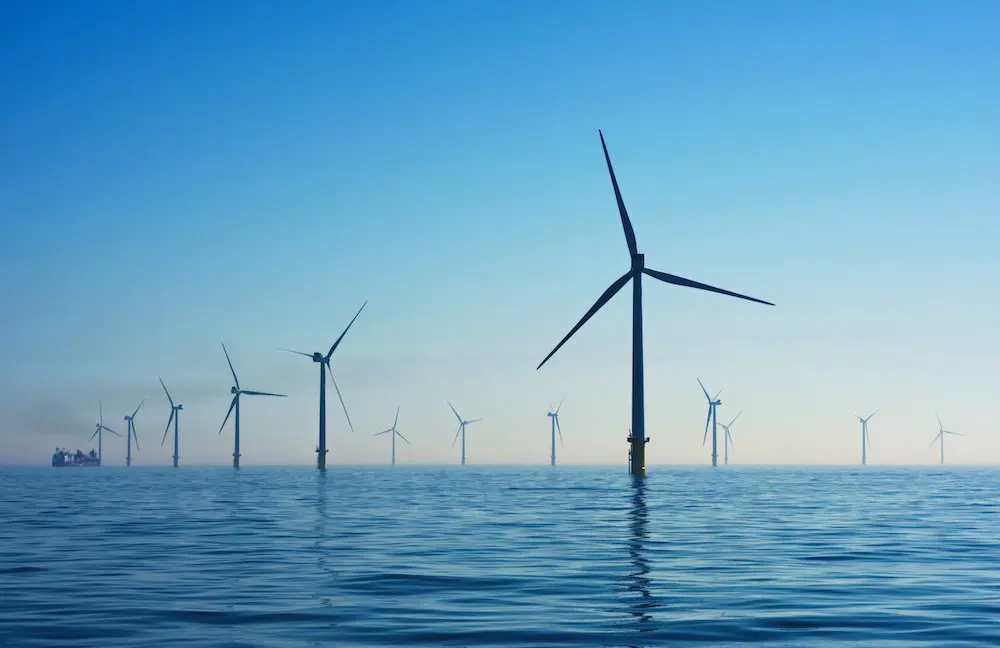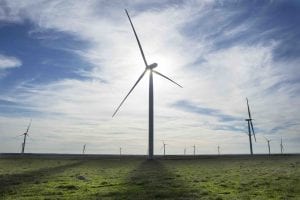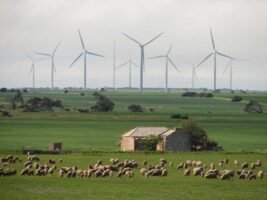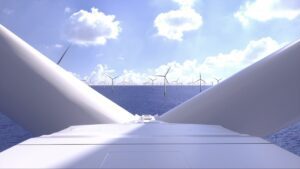Flotation Energy has signed a multi-million dollar deal to start environmental surveys for its Bass Strait offshore wind farm — before it knows whether it has won a licence — as it positions itself at the front of local and global supply chain queues.
The Tokyo Electric-owned company signed a $22 million deal with RPS, to start a two and a half year program of environmental surveys for the 1.5 gigawatt (GW) Seadragon project.
This is a financial risk, given the winners of feasibility licences for the Gippsland offshore wind zone won’t be known until later this year, or even in 2024 if the timeline slips.
The company’s head of local operations Carolyn Sanders cited the fact that Flotation has been working on its Gippsland project since 2019 as reason for the overwhelming confidence that it will win one of the first offshore golden tickets.
Furthermore, RPS is not the first supplier to contract with Flotation.
The company has already started “all aspects of the project” in order to ensure it can meet its 2030 commissioning deadline, Sanders says.
The first marine field survey is underway, with Jasco Applied Sciences deploying passive acoustic monitors (PAMs) to map how animals such as whales and dolphins use the area.
She says going early is a common practice for the company in projects around the world, where it has built 3.3 GW of projects in the UK.
Uneasiness about global market
Sanders is only too aware that Australia is competing with the UK’s 50 GW by 2030 offshore wind target — a country that already has a strong track record in the sector — and the US’s trillions of dollars spend in its Inflation Reduction Act, which aims to triple clean energy production by the same year.
“They’re huge sucks on the global supply chain. What we really need to show the world that we’re serious, and to compete with those targets, is our own Commonwealth offshore wind target,” she says.
See RenewEconomy’s Offshore Wind Farm Map of Australia
Sanders says the need for national offshore targets is now “urgent” in order to ensure global suppliers see Australia as a serious place to do business.
Currently the only targets are held by Victoria, which wants to source 2 GW of its power from offshore wind by 2030 and 9 GW by 2040.
The state government has also promised a subsidy in the form of contracts for difference to bridge the gap between the higher initial cost of offshore wind versus onshore.
Front of local queue
If global supply chains are set to tighten this decade, then Victoria as a source of employees, suppliers and infrastructure could be even tighter, as RenewEconomy has reported.
Locking in RPS now ahead of expected demand from other companies isn’t the aim, but certainly an “advantage” Sanders says.
Flotation is also in talks with other companies to share that data and avoid too much overlap in survey work done, given “there are only so many seals that can be tagged”.
Flotation has been working in Gippsland since 2019 and with RPS for the last 18 months on scoping the environmental surveys.
It is one of a handful of companies that has been publicly spruiking the jobs-plus-investment benefits of its project for more than a year and is clearly confident of its prospects for receiving a licence.
In Flotation’s case, it innumerates those benefits at more than $6 billion of investment into Gippsland, a construction boom and long-term operation and maintenance jobs.
Front runners out in public
More than two dozen companies are believed to have lodged applications for the Gippsland offshore wind zone, but only a select few have publicly spruiked the jobs-plus-investment benefits of their proposals.
The 2.2 GW Star of the South, owned by Copenhagen Infrastructure Partners and Australian superannuation fund Cbus, was fast-tracked as a government priority project and is is the most advanced project in Australia to date. Other contenders include Bluefloat Energy’s 2.1 GW Greater Gippsland Offshore Wind Project.
Spanish company Ocean Winds is the latest to break cover, saying this month it has three applications in for the Gippsland zone.
The Gippsland zone is just one planned for the oceans around Australia, but is one of the most prospective because the Continental Shelf extends further out from the coast allowing fixed base turbines to be used over floating.
Community consultations opened in June on the Southern Ocean zone that spans from Warrnambool in Victoria to Port MacDonnell in South Australia. And the Hunter zone was officially opened a month later for up to 5 GW of turbines.
Western Australia is already fielding proposals for its coastline, as is Queensland.










